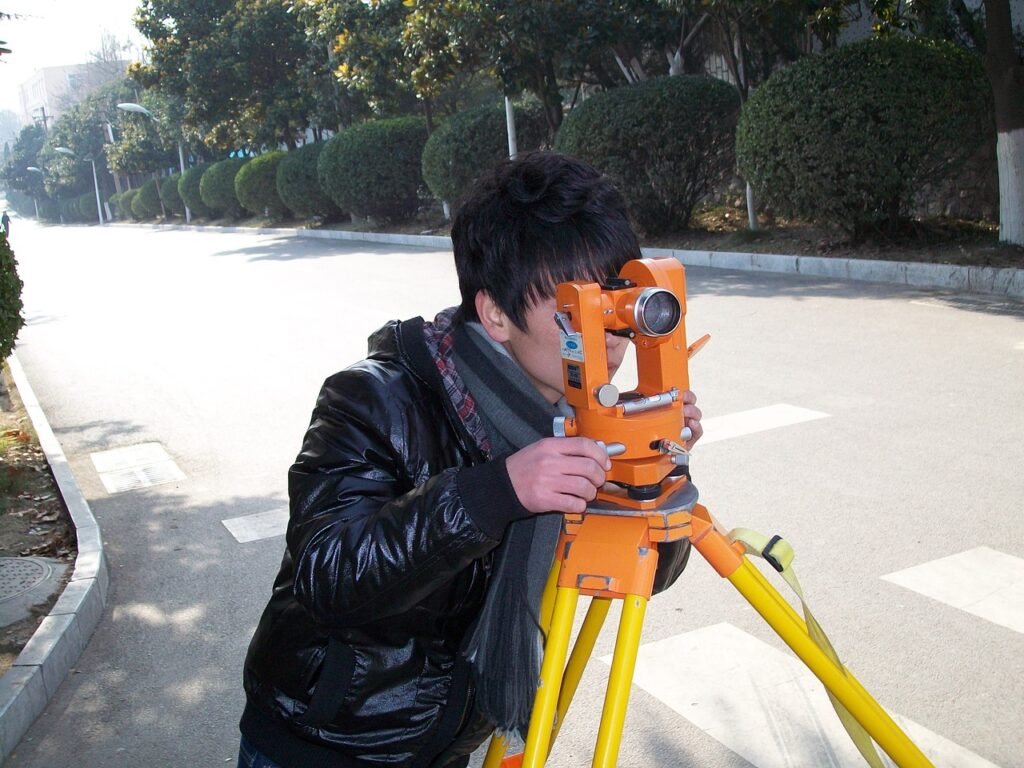The EUDR sets mandatory due diligence rules for companies which want to place certain commodities on the EU market with the intention to ensure that only deforestation-free and legal products are allowed on the EU market. The regulation targets seven key commodities: wood, coffee, cocoa, cattle, soy, rubber and palm oil, as well as derived products including leather, oil cakes and chocolate. It will be illegal to sell or export any of the six commodities if they’ve been produced on deforested land or in non-compliance with local legislation.
The proposal stipulates that these commodities cannot be produced on a land deforested after December 2020. Producers must prove that their products are deforestation-free before selling to any of the 27 member states of the European Union. Traders and operators are required to conduct extensive due diligence and submit reports to a relevant competent authority. The report must include the quantity, producer, country of production and the exact geolocation coordinates of the plots of land where the commodities were sourced. These details will be accompanied by visually georeferenced evidence that the products were not produced on the deforested land.
The new requirement is currently posing challenges to some companies and operators who don’t already have systems in place that allow them to collect, store and share this data. Hence, most will have to make a strong push for integration of digital technology in a relatively short period of time or risk losing their position in the market as the implementation is scheduled for 31 December 2024, barely 10 months from now. The third-party geospatial data providers are also challenged as they wait for EU authorities to defined data collection parameters.

Collecting Geolocation and Traceability data
In order to comply with the new requirements, producers will have to be ready to collect, store and share information about product origin. The Regulation demands that geographic coordinates of the farm where the product is produced be collected to guarantee that the product was not produced on deforested or degraded land after December 2020. To verify that the product conforms, the geolocation information of the plot of land can then be combined with remote satellite monitoring evidence. These evidences can also help identify potential areas at risk of land deforestation and degradation. According to the regulation, products coming from highly deforested regions, hence high risk will require strict due diligence scrutiny. On a deeper operational level, the EU Regulation requires company or operator to go beyond the geolocation requirements in linking the product to the plot with the value chain that produced it, as well as the specific dates and production time ranges.
Furthermore, the Regulation also requests companies to collect information that indicates the source for each lot of products / lots. This means that if a trader is shipping several containers, they will need to provide all geolocation information to specify respective sources of all the batches, assuming they come from different farms. It also implies that each time the products change hands, from an individual producer to a farmer association and beyond, data will need to be recorded. This level of accuracy requires not only the visualization of GPS location for small land areas or the polygons for lands above 4 hectares but also the collection of additional demographic data of the producers involved in each lot, the quantity of the beans, and possibly other information such as yield projections.
The Need for Digitalization Knowledge
In the bid to comply with this new EUDR, exporters will need to choose between the two methods of collecting geolocation data from the fields.
- Through the use of apps that can pin-point GPS location or polygons directly on the ground with possible additional support of drones, involving smallholder farmers or field technicians for data collection purposes.
- Through geospatial data providers, by the acquisition of satellite images that remotely trace geolocation and monitor the status of the land on that specific latitude and longitude.
Each of these solutions presents different challenges and opportunities, including accessibility to the technology and ranges of costs, which vary extensively depending on the local context. Therefore, adoption will require suppliers to understand which is the most fitting approach, based on infrastructure, knowledge and budget. The urgency to digitalize has prompted companies to seek a clear understanding of how to approach digitalization and identify suitable tech providers or service solutions that align with their specific requirements.
The acquired satellite and third-party data go through spatial data processing to extract relevant information, which is then analysed on a kind of management information system. The following data are collected by farmers, input providers and traders on the ground using mobile devices;
- Geolocation of farms
- Farmer contact information
- Consent / Contract
- Other relevant details
These data are integrated with geospatial data on forest coverage, deforestation, and protected areas.
The system deploys AI techniques such as deep learning and machine learning to process data from the satellites. The third-party data and satellite data go through a spatial data processing to extract relevant information that is analysed on a management information system.
